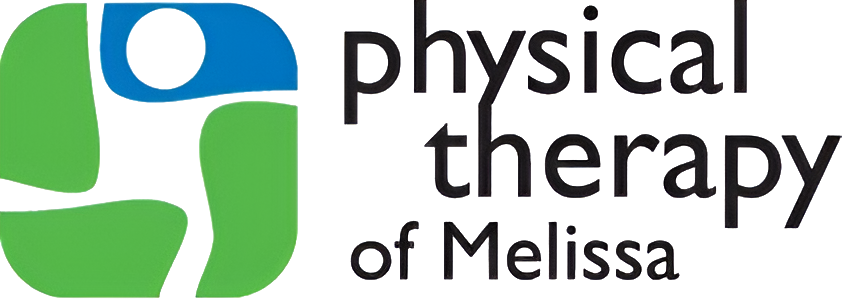
These tight hamstrings are a pain!
Taking a full body look at our posture can help minimize those aches and pains we have from our low back, to our neck and shoulders. Some of the heavy hitters are the calves, hamstrings, quadriceps, and upper trapezius (the large muscles that run from our neck to our shoulder blades). There are some common culprits when it comes to muscle tightness.
A recent study in Italy showed that global postural re-education was actually more effective for the participants with neck pain than manual techniques alone (manual cervical traction, joint mobilization, and soft tissue massage). This particular study had patients going through specific motions to improve their global posture and not just specific problem areas. For most individuals, stretching can be incorporated into their daily life to improve posture as well.
There are many ways to work stretching into our daily routines. Some people choose to go to a yoga class or see a trainer. There are many fantastic options out there for people of all ages, functional status, and budgets! Many people don’t have time for the structured experience of a class, but stretching is just as important for them. Most of us have time to squeeze in a few minutes each day to address our areas of greatest limitation.
The key to stretching for improved posture is to make sure you are actually stretching the muscle groups you are trying to loosen. Over the years, many of us develop bad habits when it comes to stretching. The body will naturally try to find the path of least resistance which defeats the purpose of stretching in the first place. So, if you don’t know if you are stretching correctly, or don’t know which muscles you need to be working, please consult a professional to get started with the right program.
One of the other important considerations to posture are our day-to-day activities. You may hear people talk about the importance of ergonomics but not everyone knows what that really means. In the most general of terms, it means setting up our environments so we can interact in the most efficient and safe way. For many, this may mean setting up their chair and desk to avoid awkward positioning or enhance the support to our spine, arms, and feet. For others, it may mean wearing a brace around the waist when performing heavy lifting at work. Different physical responsibilities mean different areas to focus on to avoid poor posture. There are many resources out there for a variety of jobs. The best way to avoid an injury is to set yourself up for success from the beginning.
Physical therapists are masters of movement, so if you ever need more information please reach out to your local physical therapist for help.
